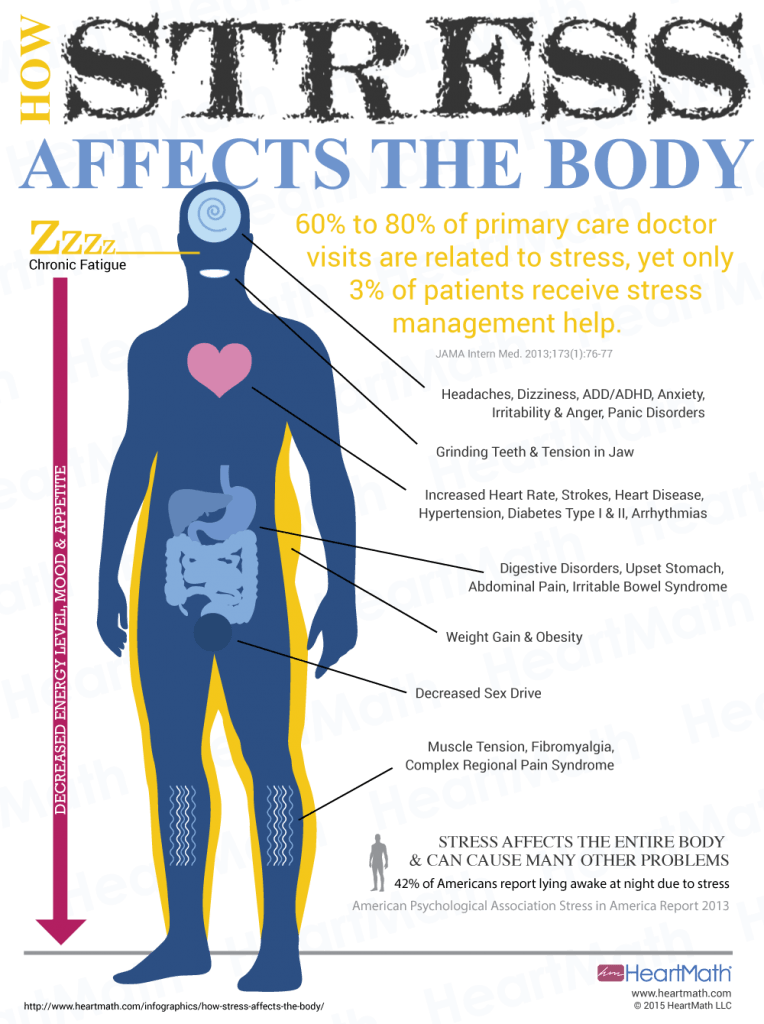In today’s world, the prevalence of loneliness is on the rise, giving birth to what Dr. Vivek H. Murthy, the surgeon general of the United States, refers to as an “epidemic of loneliness.” With the detrimental impact this has on our mental and emotional well-being, loneliness has become a pressing public health crisis. This article explores the profound effects of loneliness, the fraying of social connections, and the importance of nurturing human connections.
The Toll on Health and Well-Being
Loneliness takes a toll on both our mental and physical health. The stats are alarming: Studies have shown that more than half of Americans report being lonely (most are young people), and loneliness increases our risk of heart disease by 29 percent, stroke by 32 percent, and the development of dementia by 50 percent in older adults. Surprisingly, loneliness is also associated with a 60 percent increased risk of premature death.
Dr. Murthy just released an urgent advisory in May 2023 stating, “Given these extraordinary costs, rebuilding our social connection must be a top public health priority for our nation…It will require reorienting ourselves, our communities, and our institutions to prioritize human connection and healthy relationships.” Until this happens, the situation can only get worse.
The Loneliness Paradox
Humans are inherently social beings, seeking connection and emotional bonds from an early age. Yet, despite the abundance of digital connections through online meetings, email interactions, social media, etc., more of us feel isolated and disconnected. A 2022 global study highlighted the increasing prevalence of loneliness, exacerbated by the COVID-19 pandemic. However, it is crucial to note that even before the pandemic, the amount of time people engaged in person with friends decreased between 2003 and 2020 by 20 hours per month. The decline was greater for people ages 15 to 24, where the time they spent in person with friends had decreased by nearly 70 percent.
Nurturing Human Connection
Dr. Murthy emphasizes in his advisory the need to prioritize human connection and healthy relationships to combat the loneliness epidemic. Loneliness is not solely determined by the number of people around us; it is the depth and quality of our connections that truly matter. Dr. Murthy suggests that simple acts of kindness, respect, and cultivating healthy social bonds are what’s needed to strengthen our social fabric and positively impact society.
But people need help to practice kindness and care, especially when life is challenging. Often when people get together in social situations, much of what they talk about is negative news, separation, competition, and blaming the government. A lot of times, it’s just mind energy having to vent, but as this amplifies each other’s judgments, separation, and biases, the heart closes off.
HeartMath® has studied the underpinnings of loneliness and how the heart shuts down when we feel separate, lack healthy and meaningful connections, or are unable to release negative experiences, whether on social media or in person. There is a cascade effect from loneliness into health, relationships, and societal consequences.
Addressing Polarization and Extremism
The rise in political polarization and identity-based extremism is a reflection of the heart shutting down and highlights the urgency to foster heart-based connections across ideological differences. It will take leaders and influencers of various political persuasions to play a pivotal role in modeling healthy social connections, promoting dialogue, and reinforcing core heart values of kindness, respect, and sincere listening to one another.
Cultivating a Culture of Heart Connection
HeartMath has researched heart connection for over 30 years and developed tools and practices to help people re-open the door of the heart and connect on a more authentic level.
We can’t just tell each other to get out of the house and have more friends. We need to realize that people are doing the best they can. There are bottom-line practices to connect with the heart that make it easier to draw social situations that are positive and nurturing, where people relate at deeper levels.
The HeartMath research team and other research labs have studied the biological reasons to practice kindness and compassion. The neurochemicals released as we practice these heart qualities are powerful; they influence our feelings, moods, and perceptions. They affect how we respond to stress, relationships, and our decision-making. Heart-based practices can help fill the emptiness from loneliness and build our resilience, so the social rebuffs we all experience at times don’t get personalized as easily. By practicing kindness, compassion, and respect, we reinforce these qualities and inspire others to do the same. Even small acts of heart connection, such as a smile or a brief interaction, can have a profound impact on our sense of connectedness.
The Power of Meaningful Connections
Meaningful relationships with family and close friends are rated in surveys as the most important sources of meaning, purpose, and motivation in our lives. They motivate health-promoting behaviors, enhance self-regulation, and foster a sense of belonging and support.
One of the key tools to nurture meaningful heart connection is to practice compassionate latitude. Doing that, instead of blame and separation, is the real heart care. Compassionate latitude is the consideration that we all fall short at times in our choices, words, or actions, especially when under stress from challenges that others aren’t aware of. It increases patience and encourages a deeper understanding of another’s situation. Practicing compassionate latitude with each other in social situations quickly begins to reduce stress built up from stored judgments and resentments. This is so important for restoring balance and resilience during today’s pressing times of change and unpredictability.
Here’s a simple practice that can help.
Compassionate Latitude
- Start with quiet breathing while radiating feelings of care for someone or something you appreciate. This helps to shift your energy from the mind to your heart.
- Next, ponder situations where you could give others more compassionate latitude (at home, at work, especially while sorting out miscommunications, on social media, etc.)
- As you breathe, imagine yourself replacing judgments, infuriated responses, or lack of tolerance with compassionate latitude (e.g., attitudes of deeper care, kindness, patience, and understanding). Practicing several days in a row helps to anchor this valuable habit.
Overcoming Loneliness
In a world increasingly dominated by digital connections and a growing epidemic of loneliness, nurturing meaningful connections has never been more crucial. By recognizing the importance of practicing kindness, respect, and compassionate latitude, we can address the loneliness epidemic and realize that heart-to-heart connection is what’s needed to take us beyond our differences.
Heart-based practices offer a pathway to take control of loneliness. Let us embrace the power of heart connection, both online and in person, and work together to nurture a more compassionate world. As more of us open our hearts, we can learn to get along with each other and establish a new baseline of care in our interactions. We can ask ourselves, “If we don’t do this, is anything really going to get better?” It’s a time for love, care, and compassion to hit the street…running.



